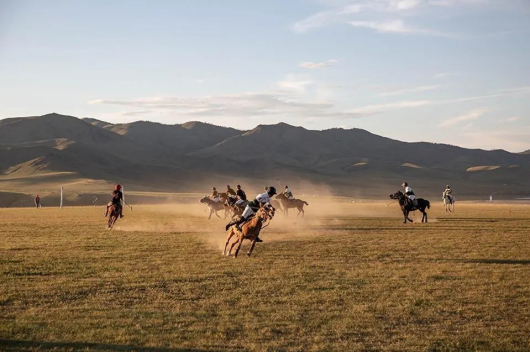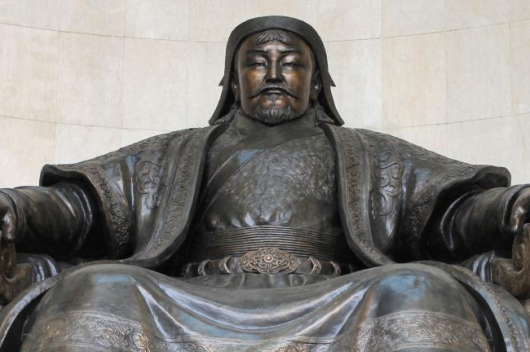In 2019, the Mongolian Cabinet decided to establish a museum for the legendary conqueror Chinggis Khaan, famed for establishing the largest land empire in history. The museum will be built on the site of the current natural history museum, located in the heart of Ulaanbaatar just to the north-west of the State Palace. The nine-story modern museum with 15 exhibition halls will cover an area of 20,500 square meters. Over 90 percent of MNT 53 billion construction cost is to be funded from the 2020 State Budget. The museum is expected to open in 2021.
The future exhibits which will fill the floors of the impressive new Chinggis Khaan Museum will be collected from five sources, namely:
– Archeological items and antiques related to XIII century from other museums.
– Archeological items and antiques which are currently preserved in universities and science academies.
– Accurate copies of historic items related to the Mongol Empire which are currently held in foreign museums. For example, Mongolia received a replica of the Chinggis Khaan’s stone inscription from Russia’s State Hermitage Museum in Saint Petersburg. The script dates back to 1224-1225 and it is dedicated to Yesunkhei, nephew of Chinggis Khaan, who hit a target (from a bow) from a distance of 335-arm-span distance. Also, Mongolia will receive a copy of a decree by Khubilai Khaan which is being preserved in Tadashi Temple in the city of Nara city in Japan.
– New items and exhibits based on historical researches and recent discoveries.
– Exhibits from private collections, through cooperation, thereby enriching the the museum
After uniting the nomadic tribes of the Mongolian plateau, Chinggis Khaan conquered huge chunks of central Asia and China. His descendants expanded the Mongol Empire even further, advancing to such far-off places as Poland, Vietnam, Syria and Korea. At their peak, the Mongols controlled between 11 and 12 million contiguous square miles, an area about the size of Africa.
 3,413.51
3,413.51












Related News